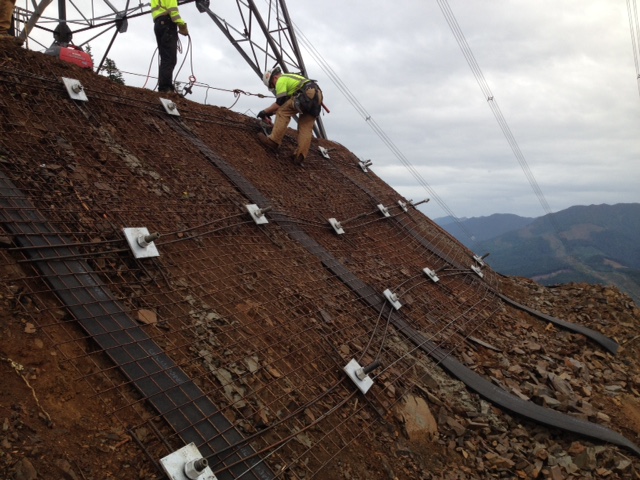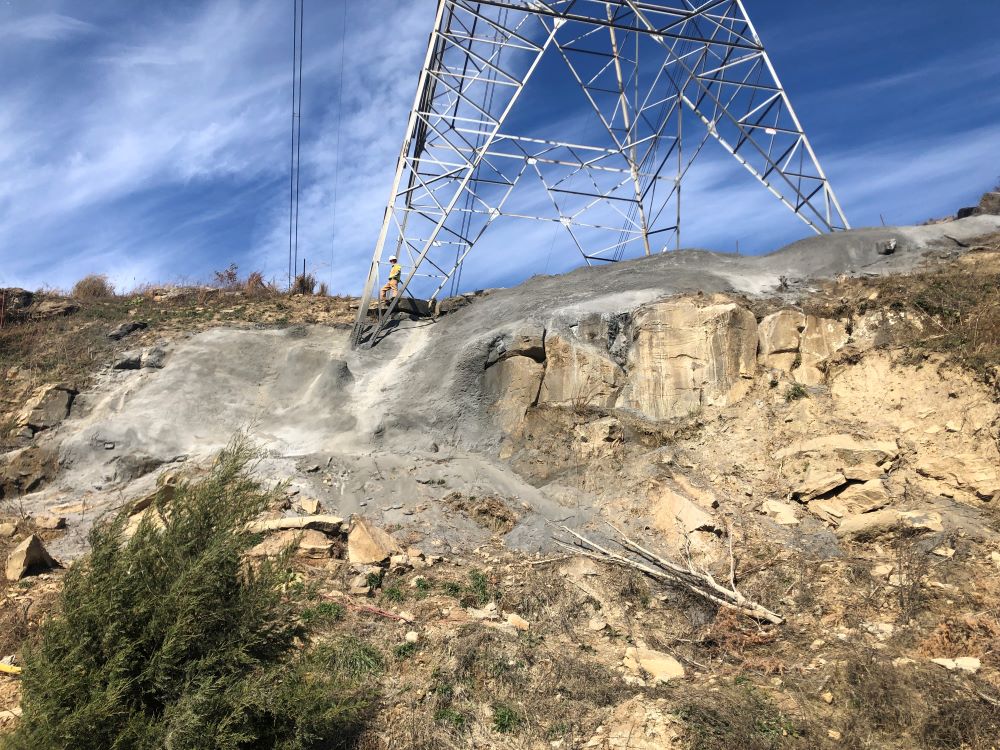Importance of Storm Restoration Services
Minimizing Downtime
Quick and efficient storm restoration services reduce the duration of power outages, minimizing disruptions to communities and businesses. This ensures that essential services remain operational and supports the overall resilience of the community.
Ensuring Safety
By addressing geohazards promptly, storm restoration services protect lives and property from further damage and potential hazards. This proactive approach enhances community safety and reduces the risk of injury or loss.
Enhancing Resilience
Strengthening infrastructure against future storms and geohazards improves the overall resilience of the power grid. This includes upgrading materials, designs, and construction practices to withstand severe weather events and mitigate long-term risks.














